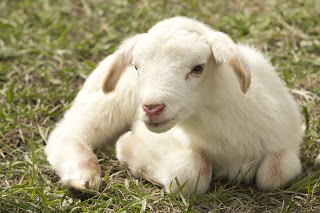Why did Britain start
colonising the world?
During the 16th century CE, the need for woollen
clothes in Europe steeply rose. Multiple laws facilitated British landowners to
barricade their farmland. They fenced great tracts of land as pastures for
sheep.
Manufacturers wove wool into garments. These clothes were sold
in European countries. Landowners and those in the apparel industry grew
wealthier. Many of them craved to grow even richer. Investing in colonies was a
lucrative means to do so.
The unequal distribution of wealth created a socio-economic
divide. Some hardly had any money to invest. Humble farmers who down the
generations had grazed their flocks on tiny land plots they had rented from
rich landowners, lost their livelihood when fenced territories were created to
raise sheep.
Poor families were compelled to leave the countryside to look
for employment opportunities in urban locales. Finding a job wasn’t easy. Many
took to begging and crimes to survive. Relocating to the new colonies of England
appeared as a solution to absorb the rising count of the underprivileged people
displaced from their villages.
https://pixabay.com/photos/lamb-farm-sheep-livestock-2216160/: Picture courtesy: Image
by Catherine Stockinger from Pixabay
#lamb, #sheep, #pastures, #farms, #flocks, #animals, #zoology,
#England, #Britain, #fence, #wool, #fashion, #rich, #poor, #inequality,
#capitalism, #town, #city, #village, #countryside, #urban, #rural, #colonies,
#money, #begging, #crimes, #history, #culture, #society, #capitalism




Comments
Post a Comment